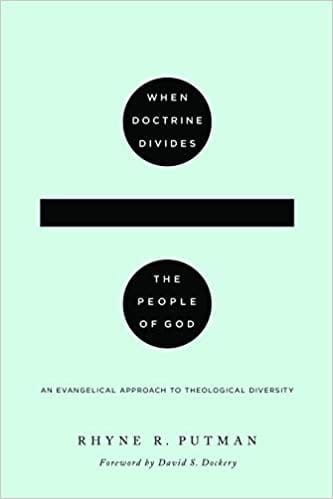BEN: On p. 86 you refer to Heb. 4.12 and its reference to ‘the Word of God’, but you take this to be a reference to Scripture as a text. It is not. It is a reference to the oral proclamation of the Gospel and its possible effect on the hearer. In fact, every use of the phrase logos tou theou in the NT is either a reference to the oral proclamation (see e.g. 1 Thess. 2.13) or to Christ himself. When a writer wants to refer to a text, including the text of Scripture he uses he graphe or the like. I mention this because the Bible was written in the context of cultures which were overwhelmingly oral in character. Literacy was low, and most people could not read more than simple phrases or graffiti in a language. But they could listen and understand. I bring this up because the printed version of a Bible is not inherently active like a two-edged sword. It’s printer’s ink on paper and it does not have supernatural powers, not even in the original languages., We need to be very careful in what we say about both the written text of Scripture and the oral proclamation of it. Comments?
RHYNE: If you read chapter six of my book on the epistemology of disagreement, I talk about yielding in disagreements to epistemic superiors who have spent more time and energy studying a subject. In simpler terms, I change my mind when someone smarter and more well read on a subject comes along. Here I yield to your expertise, Dr. Witherington! I probably need to revisit your book, The Living Word of God.
However, I still stand by my basic point that a purely historical-critical approach only concerned about what the text meant then and not how it is applied now is not a live option for the church. I read these guys and I can’t get Indiana Jones out of my mind, “It belongs in a museum!” I have the Krister Stendahl-type approach to biblical theology in mind. The Bible is a historical artifact, yes, but as God’s revelation preserved in human writing, it continues to speak to the present.













